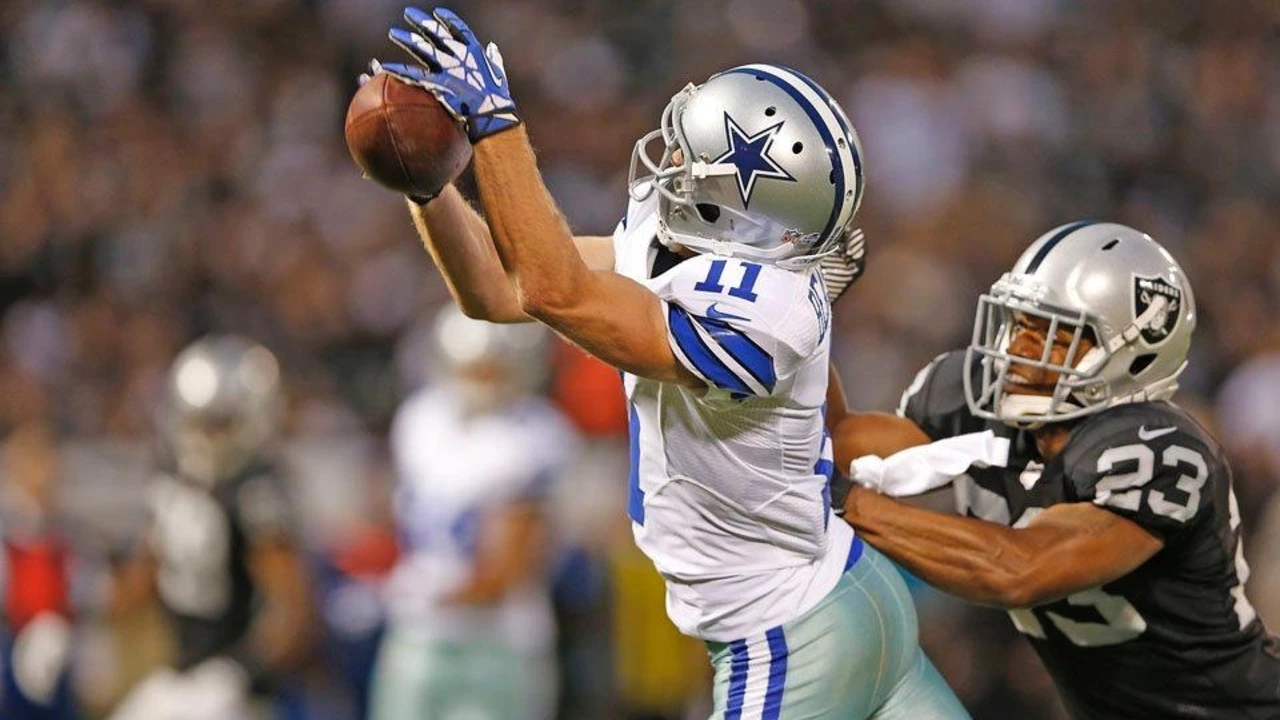Professional Sports Teams: What They Are and Why They Matter
When you hear the term professional sports teams, organizations that pay athletes to compete in leagues, cups or tournaments for revenue and fan support, you probably picture a football kit, a stadium full of chants, or a high‑profile signing. In plain English, a professional sports team is a business that fields paid players, hires coaches, sells tickets and merch, and negotiates TV deals. It exists to win games, grow a brand, and make a profit. Professional sports teams can be found in every major sport, from soccer to basketball, from cricket to esports. They usually belong to a league that sets rules, a schedule, and a championship pathway. A soccer club, a professional team that competes in association football leagues such as the Premier League or MLS is one of the most visible types of professional sports teams. Soccer clubs often have deep local roots, youth academies, and global fan bases. Meanwhile, a NFL team, a professional American football franchise that plays in the National Football League illustrates how a team can become a cultural icon in a country, with massive TV contracts and a yearly draft that shapes its future. Ownership plays a pivotal role across both examples; a sports owner, an individual or corporation that holds the controlling stake in a professional team decides budget size, hires executives, and can even influence the club’s identity, as seen with Walt Disney’s past ownership of the Mighty Ducks and the Anaheim Angels. These entities intertwine: ownership impacts league policies, league policies affect club finances, and club performance drives fan engagement.
Key Aspects of Professional Sports Teams
First, every professional sports team needs a clear revenue model. Ticket sales, broadcast rights, sponsorships, and merchandising are the core streams that keep the payroll afloat. Second, talent acquisition matters—a signing bonus in the NFL, a transfer fee in soccer, or a draft pick in basketball are all tools teams use to improve on‑field performance. Third, brand building is essential; teams invest in community outreach, social media, and stadium experiences to grow their fan base. Finally, governance and league compliance shape how teams operate—salary caps, financial fair play rules, and draft orders create a level playing field and ensure long‑term stability. The collection of articles below dives into real‑world examples of these dynamics: from a Portuguese right‑back landing a contract in Brazil, to Disney’s brief foray into team ownership, to the economics behind signing bonuses in the NFL. By reading on, you’ll get a glimpse of how the pieces fit together and why understanding the inner workings of professional sports teams makes following the games that much more rewarding.
Why does California have so many professional sports teams?
Well, folks, you might've asked yourself, "Why is sunny California a magnet for pro sports teams?" The answer's as clear as a sunny LA morning! First off, California's size and population are massive, so that's a whole lot of fans ready to cheer on their teams! Secondly, the golden state has gold standard facilities - from stadiums to training camps, they've got it all! Lastly, the weather! Who wouldn't want to play ball in perfect year-round climate? So, for all you sports enthusiasts out there, California is the place to be!
